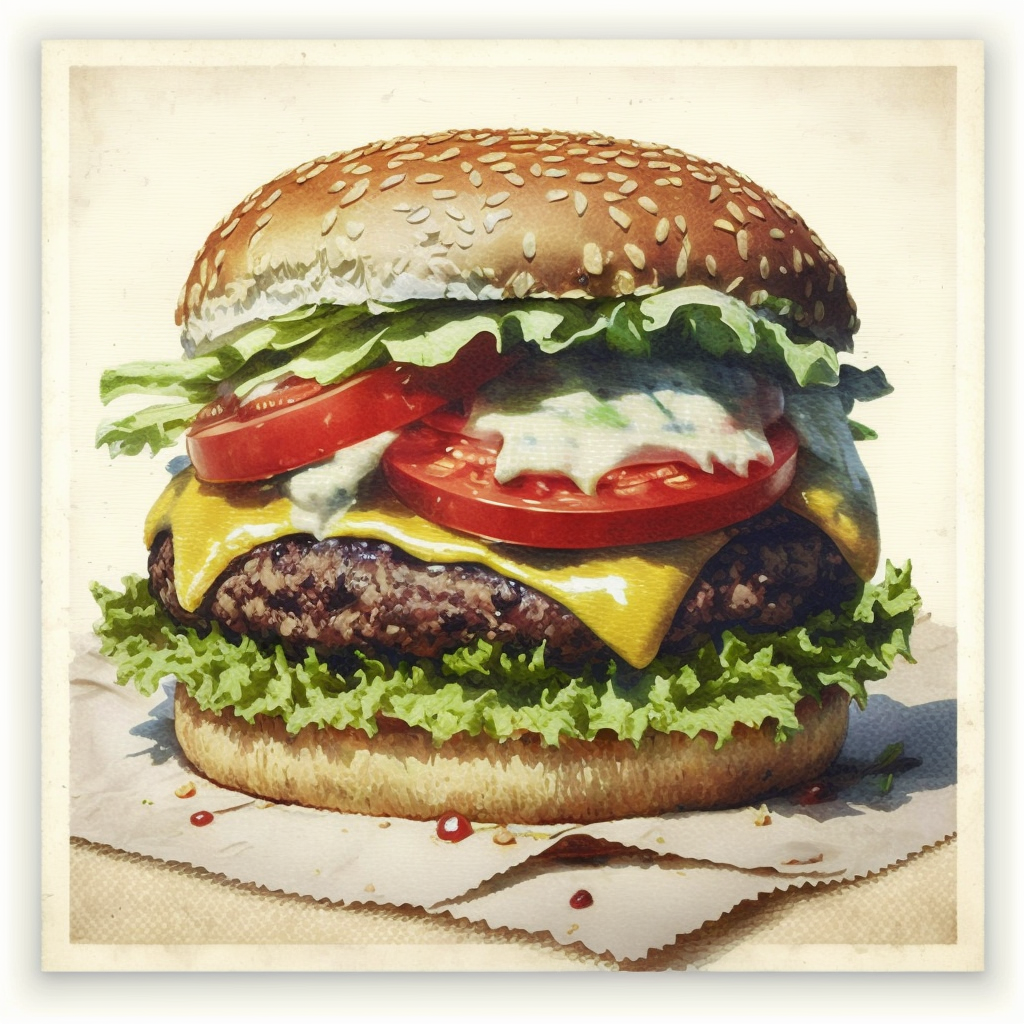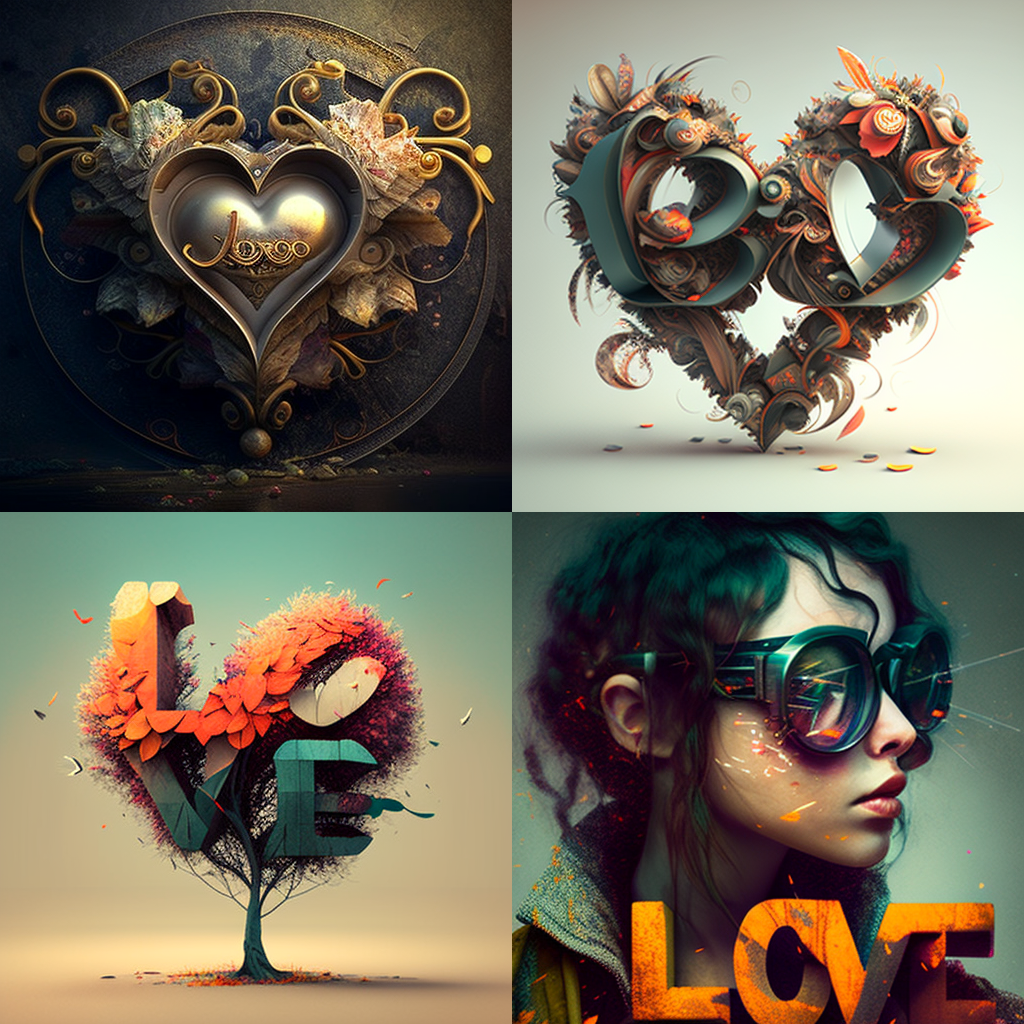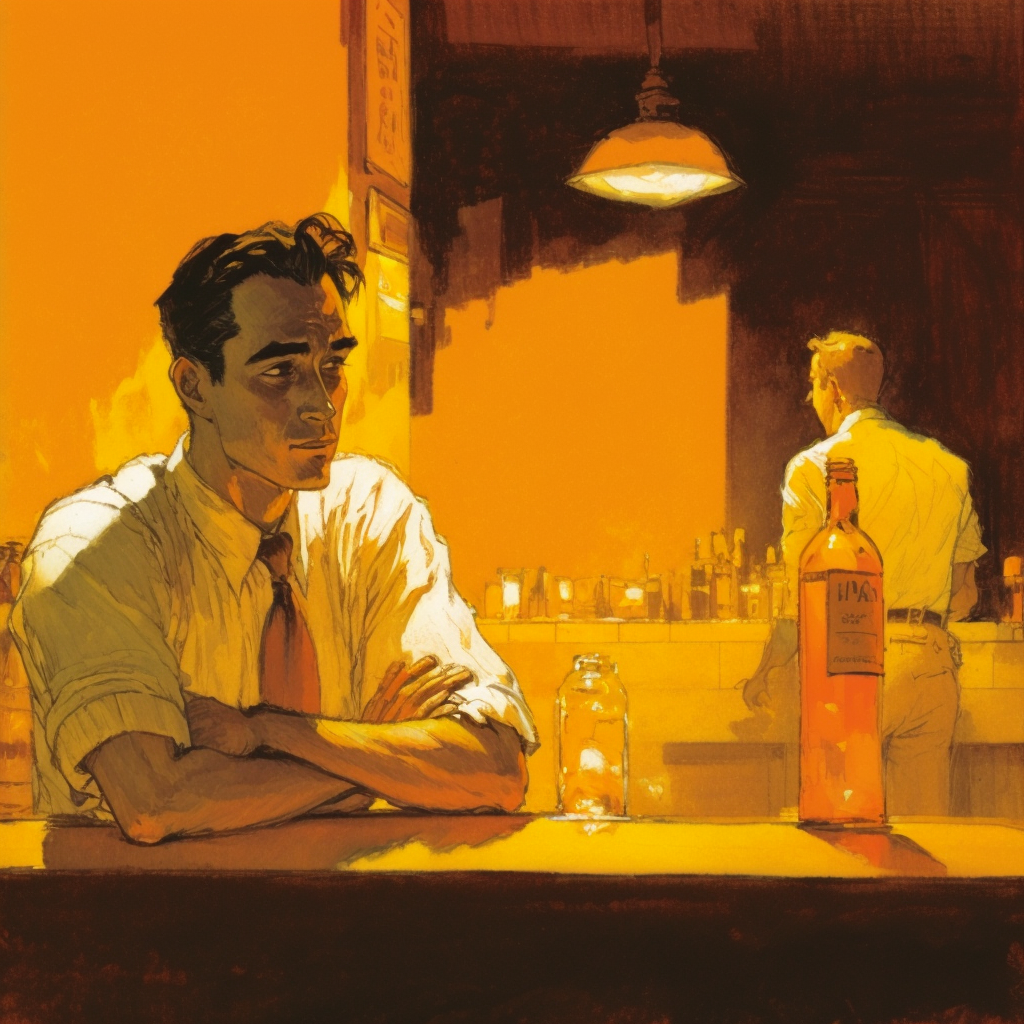Over the last few months, artificial intelligence programs have seen an explosion in popularity.
AI programs, such as ChatGPT, give users a way to generate written content almost instantly, requiring only a few prompts or search queries to work. Another area of AI creation that has risen in popularity is art generators, which operate in a similar process.
Being simple to use, and usually free, programs such as Midjourney and DreamStudio have quickly spread across the internet. These programs generate a piece of art based on the prompts you give it. While it does often take a bit of tweaking to get the exact result you want, these programs offer a quick, easy, and cheap way to create art.
However, there’s a problem.
AI art generators rely on referencing thousands of existing works in order to spit out their creations. This has led to some artists arguing that the software is stealing their work. Some artists have even reported seeing remnants of signatures in the results generated by AI. And since some of these art generators are making money off the services they offer, traditional artists have been demanding to be compensated for their work.
Maura Grossman, Research Professor at David R. Cheriton School of Computer Science, University of Waterloo, says whether or not an artist’s copyright has been infringed may depend on the prompts given to the AI. “It’s hard to know what part of the piece belongs to a specific artist,” says Grossman. This is because AI is able to reference thousands of images at once in order to construct its work.
On the flip side, there’s nothing stopping users from giving the AI a prompt to replicate a certain artist’s style. “If somebody said to me in a prompt ‘create a drawing in the style that so and so would create it’, that’s more directly competing with you,” says Grossman. “So I think when you get into copying someone’s particular style, then you may want to talk about reimbursing that person.”
Lawsuits have begun in the United States as the debate surrounding AI art and copyright infringement rages on. Getty Images has recently filed a suit against Stability AI, (the company behind the art generator Stable Diffusion) for copyright infringement. Getty Images has claimed that more than 12 million of its images were used without consent in the training of the art generator. Photos created by the software have even produced works with a distorted Getty Images watermark.
Also in the US, a class action lawsuit has been filed against three of the biggest AI art generators: Midjourney Inc, DeviantArt Inc, and Stability AI. The artists argue that these companies have used their artwork without credit, permission, or compensation in the training of their generators. They also claim that their work is being devalued since users are able to use the generators to create art “in the style of” any artist.

While some artists feel threatened by what AI art means for their work, others are more optimistic about the potential that AI art poses. Peter Palermo, an artist, professor and co-ordinator of Art Fundamentals at Sheridan College, says that this is a case of people not understanding a new tool. “I don’t think this is gonna change the way we do things. I think it’s just, again, another tool in the toolbox. It’s just gonna add more to the art world rather than take away,” says Palermo.
AI art does certainly offer some advantages that just aren’t possible for human artists. Chief among them is the speed at which they can create an image. What might take an artist days or even weeks of work can be done by an AI in just a minute, oftentimes with multiple variants. “If you came up to me and said ‘I want a mural done on a wall’ it’s going take a long time for me to get it done. But if you’re on a website and you say, ‘hey can I have several screens done or several scenes done,’ the digital work will be done much quicker. It’s just making work faster and more immediate,” says Palermo.
So at the moment, the use of AI art is in a grey area. The potential benefits of such programs are already being realized, and AI art generators will likely stick around for good, especially as the technology gets increasingly advanced.
That doesn’t mean traditional artists have to worry though.
As technically impressive as their work can be, even the AI struggles with producing certain images. Hands and faces seem to be a point of pain for the software. And giving the AI any prompts that rely on an emotional or otherwise creative understanding of a concept/idea will produce the most literal interpretation of the prompt. For example, in the below image, the AI was given the prompt “love.”

Whatsmore, producing good AI artwork requires the user to have at least some basic understanding of creating art. The AI needs specific instructions and prompts in order to create something that reflects traditional art. “If you don’t know what you’re doing, if you don’t know what plein air is, if you don’t know what linear perspective is, if you don’t know what three-point perspective is, there’s nothing that’s gonna help you to create that. You still have to have the artistic skills and knowledge to produce it. AI is just making it faster,” says Palermo.

